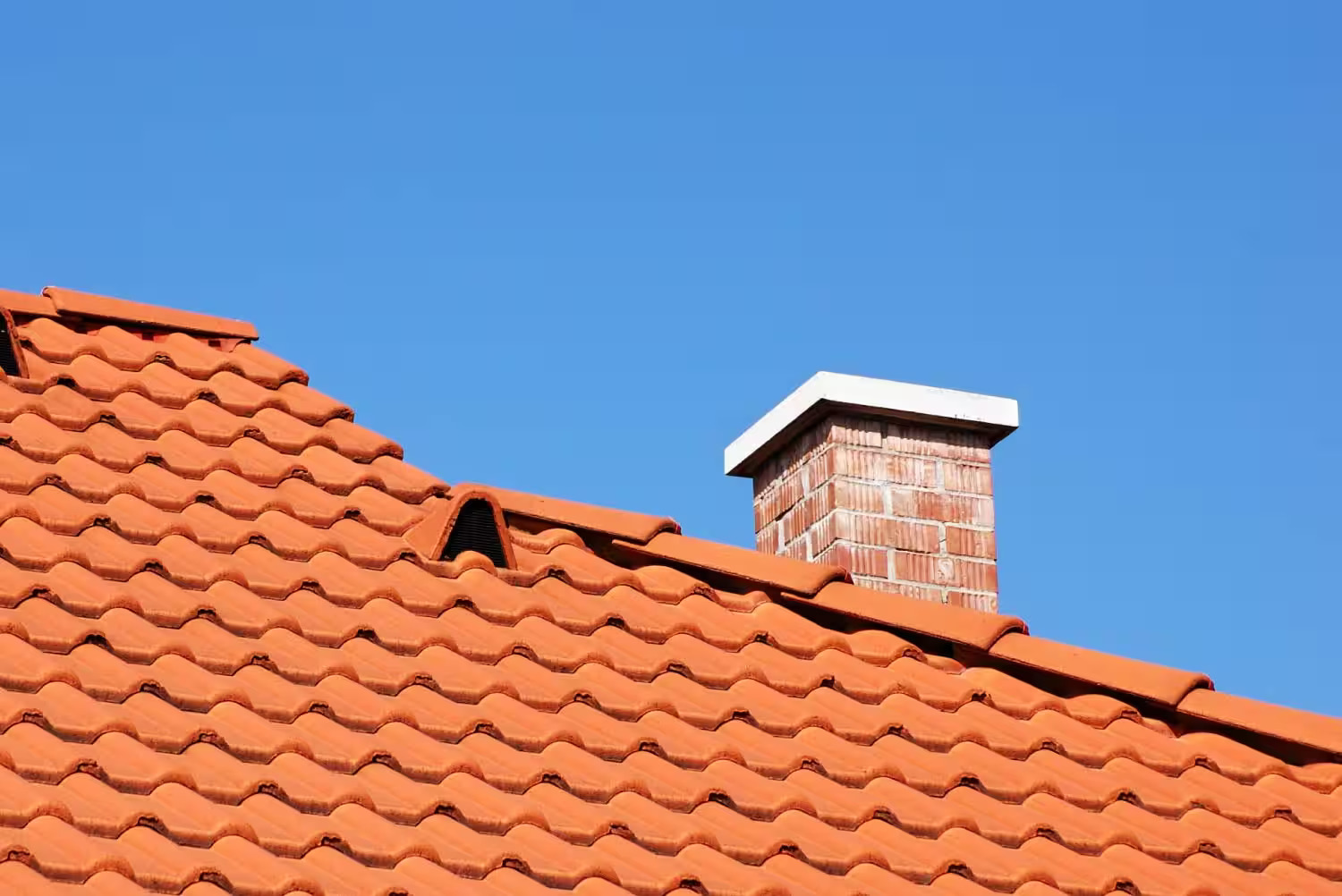

Articles
How Much Does It Cost To Replace A Chimney
Modified: February 24, 2024
Find out the average cost of replacing a chimney in this informative article. Get expert advice and tips to help you budget for this essential home improvement project.
(Many of the links in this article redirect to a specific reviewed product. Your purchase of these products through affiliate links helps to generate commission for Storables.com, at no extra cost. Learn more)
Introduction
When it comes to our homes, it’s crucial to ensure the safety and functionality of every aspect, including the chimney. A well-maintained chimney not only enhances the aesthetics of our house but also plays a vital role in keeping our homes warm and breathable. However, over time, chimneys can deteriorate due to various factors such as weathering, age, and lack of maintenance.
If you’re facing issues with your chimney and considering replacing it, you might be wondering how much it will cost. The cost of chimney replacement can vary depending on several factors, including the type of chimney, the extent of damage, and the materials used. In this article, we will explore these factors and provide you with an overview of the cost of chimney replacement.
Before diving into the specifics, it’s important to note that chimney replacement is a complex task that should ideally be carried out by professionals. Hiring a qualified chimney contractor who specializes in chimney repair and replacement is essential to ensure the job is done safely and effectively.
In the following sections, we will discuss the various factors that can impact the cost of chimney replacement, including chimney inspection, repair, rebuild, liner replacement, cap replacement, crown replacement, flashing replacement, damper replacement, masonry and brickwork, and demolition and removal. Understanding these factors will help you get a better idea of the potential expenses involved in chimney replacement.
It’s worth mentioning that while costs can vary significantly, obtaining multiple quotes from reputable chimney contractors will enable you to make an informed decision and choose the best option that fits your budget and requirements.
Now, let’s delve into the factors that can affect the cost of chimney replacement in more detail.
Key Takeaways:
- Chimney replacement costs vary based on factors like chimney type, extent of damage, and local labor costs. Consulting with a professional contractor and obtaining multiple quotes is crucial for accurate cost estimation.
- Investing in chimney maintenance, inspections, and timely repairs can prevent further damage and costly replacements. Approach chimney replacement as a long-term investment in your home’s safety and value.
Read more: How Much Does It Cost To Clean A Chimney
Factors Affecting the Cost of Chimney Replacement
Several factors can impact the cost of chimney replacement. Understanding these factors will give you a clearer picture of the potential expenses involved. Here are some key factors to consider:
- Type of Chimney: The type of chimney you have will affect the cost. Chimneys can be made of various materials, such as brick, stone, or metal. Each material has its own unique characteristics and costs associated with replacement.
- Extent of Damage: The extent of damage to your chimney will play a significant role in determining the cost. If only minor repairs are needed, the cost will be lower compared to a severely damaged chimney that requires a complete rebuild.
- Height and Accessibility: The height of your chimney and its accessibility can influence the cost. Chimneys that are difficult to access or located at significant heights may require specialized equipment and additional labor, which can increase the overall cost.
- Local Labor and Material Costs: The cost of chimney replacement can also vary depending on the location. Labor and material costs vary from region to region, so it’s important to consider these factors when calculating the overall expenses.
- Permits and Inspections: Depending on your local regulations, you may need to obtain permits and undergo inspections during the chimney replacement process. These additional requirements can add to the overall cost.
- Additional Services: Besides the actual chimney replacement, other services may be required, such as chimney liner replacement, cap replacement, crown replacement, flashing replacement, damper replacement, and masonry and brickwork repairs. These additional services will incur separate costs.
- Demolition and Removal: If your chimney needs to be completely rebuilt or removed, there will be costs associated with the demolition and removal of the old chimney structure.
Keep in mind that these factors are not exhaustive, and additional considerations may be relevant to your specific situation. It’s always best to consult with a professional chimney contractor who can assess your chimney and provide you with an accurate cost estimate based on your unique circumstances.
Now that you have an understanding of the factors influencing the cost of chimney replacement, let’s explore the costs associated with different aspects of chimney replacement in more detail.
Cost of Chimney Inspection
Before proceeding with a chimney replacement, it is essential to have a thorough inspection to assess the condition of your chimney. A chimney inspection helps identify any underlying issues and determines the extent of repairs or replacement required. The cost of a chimney inspection can vary depending on factors such as the location, scope of the inspection, and the chimney contractor’s pricing structure.
There are three levels of chimney inspections, each with its own purpose and associated costs:
- Level 1 Inspection: This is the most basic and affordable type of chimney inspection. It involves a visual examination of accessible chimney components, including the exterior, interior, and accessible portions of the chimney structure. Level 1 inspections are typically recommended for chimneys that are regularly used and have no known issues. The cost of a level 1 inspection can range from $100 to $250.
- Level 2 Inspection: A level 2 inspection is more comprehensive and is required in certain situations, such as when selling or transferring property, after a chimney fire, or when changes are made to the heating system. Level 2 inspections include all the assessments of a level 1 inspection plus additional evaluations, such as using a camera to inspect the flue liners and checking the attic, crawl spaces, and other accessible areas. The cost of a level 2 inspection can range from $200 to $500.
- Level 3 Inspection: Level 3 inspections are the most detailed and invasive type of inspection. They are typically carried out in rare cases when significant hazards are suspected, such as concealed damage or structural issues. Level 3 inspections involve dismantling and accessing components of the chimney and may require repairs or replacements. The cost of a level 3 inspection depends on the extent of the required work and can range from $500 to $1,500.
It is worth noting that these cost ranges are approximate and can vary based on regional differences and the specific chimney contractor. It is recommended to obtain multiple quotes from reputable chimney professionals to ensure you receive a fair and competitive price.
Investing in a chimney inspection before the replacement process is crucial as it enables you to make informed decisions regarding the necessary repairs or replacement. Skipping the inspection can lead to unforeseen challenges during the replacement process that may incur additional costs. Additionally, a thorough inspection can help identify any underlying issues that, if addressed early on, can potentially save you money in the long run.
Now that you are aware of the cost associated with chimney inspections, let’s move on to explore the cost of chimney repair in the next section.
Cost of Chimney Repair
Chimneys are exposed to harsh weather conditions and undergo regular wear and tear over time. Damaged or deteriorating chimneys often require repair to ensure their structural integrity and functionality. The cost of chimney repair can vary depending on the extent of the damage, the materials needed, and the complexity of the repair. Here are some common chimney repairs and their associated costs:
- Masonry Repair: Cracks, spalling bricks, and deteriorating mortar joints are common masonry issues that require repair. The cost of masonry repairs can vary based on the extent of the damage, the size of the chimney, and the complexity of the repair. On average, masonry repairs can range from $500 to $3,000 or more.
- Chimney Crown Repair/Replacement: The chimney crown, which sits on top of the chimney, helps protect it from water damage. If the crown is cracked or deteriorated, it needs to be repaired or replaced. The cost of chimney crown repair or replacement can range from $500 to $1,500, depending on the materials used and the size of the chimney.
- Chimney Flue Repair/Relining: The flue lining protects the chimney from the byproducts of combustion and prevents gas leaks. If the flue is damaged or deteriorated, it may need repair or relining. The cost of flue repair or relining can range from $1,000 to $3,000, depending on the type of lining material and the size of the chimney.
- Chimney Cap Replacement: The chimney cap helps keep debris, animals, and moisture out of the chimney. If the cap is damaged or missing, it should be replaced. The cost of chimney cap replacement typically ranges from $200 to $600, depending on the materials used and the size of the chimney.
- Chimney Flashing Repair/Replacement: Flashing prevents water from entering the gap between the chimney and the roof. If the flashing is damaged or improperly installed, it can lead to leaks. The cost of flashing repair or replacement can range from $500 to $1,500, depending on the extent of the damage and the type of flashing material used.
These are just a few examples of common chimney repairs and their associated costs. It’s important to note that the actual cost of chimney repair can vary based on factors such as location, accessibility, contractor rates, and specific repair requirements. Obtaining multiple quotes from reputable chimney professionals is recommended to ensure you receive a fair and accurate estimate.
Additionally, it’s crucial not to overlook chimney repairs, as neglecting them can lead to further damage and increase the overall cost of replacing the chimney. Regular chimney maintenance, inspections, and addressing repair needs promptly can help prolong the lifespan of your chimney and ensure its safety and functionality.
Next, let’s explore the cost of chimney rebuild, another potential aspect of chimney replacement.
Cost of Chimney Rebuild
In some cases, the damage to a chimney may be severe enough that repair is not sufficient, and a chimney rebuild is necessary. Chimney rebuilds involve tearing down the existing chimney structure and constructing a new one. The cost of a chimney rebuild can vary depending on factors such as the size of the chimney, the materials used, and the complexity of the rebuild. Here are some factors that can influence the cost of a chimney rebuild:
- Chimney Size: The size of the chimney plays a crucial role in determining the cost of a rebuild. Larger chimneys will require more materials and labor, resulting in higher costs.
- Materials Used: The choice of materials for the chimney rebuild can have a significant impact on the cost. Common materials used for chimney construction include brick, stone, and metal. The specific materials chosen can affect both the aesthetic appeal and the overall cost of the rebuild.
- Demolition and Removal: Before starting the rebuild, the existing chimney structure needs to be demolished and removed. The cost of demolition and removal can vary depending on the size of the chimney and the complexity of the removal process.
- Reconstruction: The actual reconstruction of the chimney involves building the new structure from the ground up, including the chimney base, flue liners, and any additional features such as caps or crowns. The complexity and size of the rebuild will determine the cost of this phase.
- Labor and Additional Services: The labor costs for the rebuild will depend on the scope of the project and the expertise of the contractors involved. Additionally, if any additional services such as flashing replacement or masonry repairs are required during the rebuild, they will add to the overall cost.
Due to the variables involved, it’s challenging to provide an exact cost for a chimney rebuild. However, a ballpark estimate for a complete chimney rebuild can range from $3,000 to $10,000 or more, depending on the factors mentioned above.
It’s important to consult with a professional chimney contractor to assess the condition of your chimney and provide you with an accurate estimate based on your specific requirements. Keep in mind that investing in a chimney rebuild is a significant expense, but it is necessary if the chimney is structurally compromised or beyond repair.
Now that we’ve explored the cost of chimney rebuilds, let’s move on to discuss the cost of chimney liner replacement, which is another crucial aspect of chimney replacement.
Read more: How Much Does Chimney Inspection Cost
Cost of Chimney Liner Replacement
The chimney liner, also known as the flue liner, plays a vital role in maintaining the safety and efficiency of your chimney. It serves as a protective barrier between the combustion products and the chimney walls, preventing heat transfer and reducing the risk of chimney fires. Over time, chimney liners can deteriorate or become damaged, necessitating replacement. The cost of chimney liner replacement can vary depending on several factors:
- Type of Liner: There are different types of chimney liners available, including clay tile, metal, and cast-in place liners. Each type has its own advantages and costs. Clay tile liners are the most traditional and affordable option, while metal liners, such as stainless steel, are highly durable but more expensive.
- Chimney Size and Length: The size and length of the chimney will impact the cost of the liner replacement. Larger and longer chimneys require more materials and labor, resulting in higher costs.
- Accessibility: If the chimney is difficult to access, such as on a multi-story building or in a tight space, the cost may increase due to additional labor and equipment required to install or replace the liner.
- Additional Services: During the liner replacement process, other services may be required, such as removing the old liner, making repairs to the chimney structure, or installing insulation. These additional services will add to the overall cost.
As a rough estimate, the cost of chimney liner replacement can range from $1,500 to $5,000 or more, depending on the factors mentioned above. It’s crucial to consult with a professional chimney contractor who can assess your specific needs and provide you with an accurate cost estimate.
Investing in chimney liner replacement is essential for ensuring the safety and efficiency of your chimney. A damaged or deteriorating chimney liner can lead to serious issues, including carbon monoxide leaks and chimney fires. Therefore, if your chimney liner is in poor condition or no longer meeting safety standards, it’s important to address the issue promptly.
Now that we’ve discussed the cost of chimney liner replacement, let’s move on to explore the cost of chimney cap replacement, another aspect to consider when replacing a chimney.
Cost of Chimney Cap Replacement
A chimney cap is a protective covering that sits on top of the chimney, serving as a barrier against debris, animals, and moisture. Over time, chimney caps can become damaged or deteriorate, and replacing them is necessary to maintain the safety and functionality of your chimney. The cost of chimney cap replacement can vary based on several factors:
- Type of Chimney Cap: There are various types of chimney caps available, including standard caps, spark arrestor caps, and decorative caps. The type of cap you choose will impact the cost as more specialized or decorative options tend to be more expensive.
- Chimney Size: The size of your chimney will influence the cost of cap replacement. Larger chimneys require larger caps, which may result in higher costs.
- Materials Used: Chimney caps can be made from different materials, such as stainless steel, copper, or galvanized steel. Each material has its own cost associated with it, with stainless steel being more durable but pricier.
- Installation Complexity: If the chimney cap replacement requires additional measures, such as adjusting or repairing the chimney crown or flashing, the overall cost may increase due to the added complexity of the installation process.
- Labor Costs: The labor costs for chimney cap replacement can vary depending on the contractor you hire and the time involved in accessing and installing the new cap. It’s advisable to obtain quotes from multiple reputable chimney professionals to ensure a fair price.
As a general estimate, the cost of chimney cap replacement typically ranges from $200 to $600, though prices can vary based on the factors mentioned above. It’s important to consult with a professional chimney contractor who can accurately assess your specific needs and provide you with an appropriate cost estimate.
Replacing a damaged or deteriorated chimney cap is crucial for preventing issues such as water damage, animal infestations, or blockages in your chimney. The cost of replacement is a worthwhile investment to ensure the long-term functionality and safety of your chimney.
Now that we’ve explored the cost of chimney cap replacement, let’s move on to discuss the cost of chimney crown replacement, another aspect to consider when replacing a chimney.
Before replacing a chimney, get multiple quotes from reputable contractors to compare costs. Consider the materials, labor, and any additional repairs needed for an accurate estimate.
Cost of Chimney Crown Replacement
The chimney crown, also known as the chimney cap or chimney wash, is a crucial component that covers the top of the chimney structure, protecting it from water damage and preventing moisture penetration. Over time, chimney crowns can deteriorate or become damaged, necessitating replacement. The cost of chimney crown replacement can vary based on several factors:
- Chimney Size: The size of your chimney is a significant factor in determining the cost of crown replacement. Larger chimneys require more materials and labor, resulting in higher costs.
- Materials Used: Chimney crowns can be made from different materials, such as concrete, mortar, or metal. The choice of materials will impact the cost, with concrete crowns being more common but potentially more expensive than mortar or metal options.
- Crown Design: The design of the chimney crown may affect the cost. Simple, flat crowns tend to be more affordable, while more intricate or custom-designed crowns may incur additional costs in terms of labor and materials.
- Accessibility: If your chimney is difficult to access, such as on a multi-story building or in a tight space, the cost may increase due to additional labor and equipment required for the crown replacement.
- Additional Repairs: It’s possible that during the crown replacement process, additional repairs or adjustments to the underlying chimney structure may be needed. These repairs can add to the overall cost of the replacement.
As an estimate, the cost of chimney crown replacement typically ranges from $500 to $1,500, although prices can vary depending on the factors mentioned above. It’s important to consult with a professional chimney contractor who can assess your specific needs and provide you with an accurate cost estimate.
Replacing a damaged or deteriorated chimney crown is essential for preventing water damage, protecting the integrity of your chimney, and avoiding costly repairs in the future. The cost of crown replacement is a worthwhile investment to ensure the long-term functionality and structural integrity of your chimney.
Now that we’ve explored the cost of chimney crown replacement, let’s move on to discuss the cost of chimney flashing replacement, another important aspect of chimney replacement.
Cost of Chimney Flashing Replacement
Chimney flashing is a crucial element that prevents water from seeping into the joint between the chimney and the roof. Over time, flashing can deteriorate or become damaged, leading to water leaks and potential structural issues. The cost of chimney flashing replacement can vary based on several factors:
- Chimney Size and Complexity: The size and complexity of your chimney will impact the cost of flashing replacement. Larger or more intricate chimneys may require more flashing material and labor, resulting in higher costs.
- Flashing Type and Material: There are different types of chimney flashing, including continuous flashing, step flashing, and saddle flashing. The choice of flashing type and material, such as aluminum, copper, or galvanized steel, will affect the overall cost of replacement.
- Roof Accessibility: If your roof is difficult to access, such as a steep slope or multiple stories, the cost of flashing replacement may be higher due to the additional labor and safety precautions required.
- Additional Repairs: It’s possible that during the flashing replacement process, other repairs, such as repairing damaged roofing materials or addressing underlying water damage, may be necessary. These additional repairs will add to the total cost of the replacement.
- Contractor Rates: The rates charged by chimney contractors can vary based on factors such as location, experience, and reputation. Obtaining multiple quotes from reputable professionals will help ensure a fair price for the flashing replacement.
As a rough estimate, the cost of chimney flashing replacement typically ranges from $500 to $1,500, although prices can vary depending on the factors mentioned above. It’s important to consult with a professional chimney contractor who can assess your specific needs and provide you with an accurate cost estimate.
Replacing damaged or deteriorated flashing is essential for preventing water damage and maintaining the structural integrity of your chimney and roof. Neglecting flashing replacement can lead to costly repairs down the line, making the investment in flashing replacement worthwhile in the long run.
Now that we’ve discussed the cost of chimney flashing replacement, let’s move on to explore the cost of chimney damper replacement, another aspect to consider during chimney replacement.
Read more: How Much Does It Cost To Build A Chimney
Cost of Chimney Damper Replacement
A chimney damper is a device that helps regulate the airflow and prevent heat loss when the fireplace is not in use. Over time, dampers can become damaged or fail to function correctly, necessitating replacement. The cost of chimney damper replacement can vary based on several factors:
- Type of Damper: There are different types of chimney dampers available, including traditional throat dampers, top-sealing dampers, and energy-efficient dampers. The type of damper you choose will impact the cost, with more advanced options often being more expensive.
- Chimney Size: The size of your chimney affects the cost of damper replacement. Larger chimneys require larger dampers, which may result in higher costs.
- Damper Material: Chimney dampers can be made from various materials, including stainless steel, cast iron, or ceramic. The choice of material will impact the overall cost, with stainless steel dampers generally being more expensive but offering durability and longevity.
- Accessibility: If your chimney is difficult to access, such as on a multi-story building or in a tight space, the cost of damper replacement may increase due to additional labor and equipment required.
- Additional Repairs: During the damper replacement process, it’s possible that other related repairs may be necessary, such as repairing the damper frame or making modifications to the chimney structure. These additional repairs will add to the total cost.
As a general estimate, the cost of chimney damper replacement typically ranges from $200 to $800, although prices can vary based on the factors mentioned above. It’s important to consult with a professional chimney contractor who can assess your specific needs and provide you with an accurate cost estimate.
Replacing a damaged or non-functional damper is essential for energy efficiency and preventing drafts when the fireplace is not in use. Investing in a new damper ensures that your chimney operates efficiently and helps reduce energy costs.
Now that we’ve explored the cost of chimney damper replacement, let’s move on to discuss the cost of chimney masonry and brickwork, another important aspect to consider during chimney replacement.
Cost of Chimney Masonry and Brickwork
Masonry and brickwork are integral components of a chimney, providing structural support and durability. Over time, chimney masonry can deteriorate due to weathering, age, or lack of maintenance, necessitating repair or replacement. The cost of chimney masonry and brickwork can vary based on several factors:
- Extent of Damage: The extent of the damage to the chimney masonry will impact the cost. Minor repairs, such as patching up small cracks or replacing a few damaged bricks, will be less expensive compared to extensive repairs that involve rebuilding sections of the chimney.
- Chimney Size and Height: The size and height of the chimney can influence the cost of masonry and brickwork. Larger chimneys or those with multiple flues will require more materials and labor for repairs or replacement, resulting in higher costs.
- Masonry Style and Complexity: The style and complexity of the chimney masonry can affect the cost. Intricate designs, decorative elements, or specialized brick patterns may require more time and skill, potentially increasing the overall expense.
- Access and Safety: If the chimney is difficult to access due to its location or height, additional safety measures and specialized equipment may be required, leading to higher labor costs.
- Masonry Materials: The materials used for chimney masonry, such as bricks, mortar, and any additional finishes, will impact the cost. The choice of high-quality materials may result in a higher upfront cost but can contribute to the longevity and aesthetic appeal of the chimney.
As an estimate, the cost of chimney masonry and brickwork repairs can range from $500 to $3,000 or more, depending on the factors mentioned above. For extensive chimney rebuilds, the cost can be significantly higher.
It’s essential to consult with a professional chimney contractor who can assess the condition of your chimney masonry and provide you with an accurate cost estimate based on your specific needs. Promptly addressing masonry and brickwork issues is crucial for maintaining the structural integrity and safety of your chimney.
Now that we’ve explored the cost of chimney masonry and brickwork, let’s move on to discuss the cost of chimney demolition and removal, another important aspect to consider during chimney replacement.
Cost of Chimney Demolition and Removal
In some cases, chimney replacement may require the complete demolition and removal of the existing chimney structure. This could be due to severe damage, structural issues, or the decision to install a new chimney in a different location. The cost of chimney demolition and removal can vary based on several factors:
- Chimney Size and Height: The size and height of the chimney will impact the cost of demolition and removal. Larger and taller chimneys will require more labor and potentially specialized equipment, resulting in higher costs.
- Demolition Method: Various methods can be used for chimney demolition, such as manual demolition or using heavy machinery. The specific method chosen will influence the time, labor, and equipment required, ultimately affecting the cost.
- Waste Disposal: Proper disposal of the demolished chimney materials requires consideration. The cost of waste disposal, including transporting debris to a landfill or recycling facility, should be factored into the overall expense.
- Roof Repair: Removing a chimney often requires repairs to the roof, including patching up the hole and ensuring proper waterproofing. The cost of roof repairs should be included in the demolition and removal budget.
- Permits and Regulations: Depending on local regulations and building codes, permits may be required for chimney demolition and removal. The costs associated with obtaining permits should be considered.
As an estimate, the cost of chimney demolition and removal can range from $1,000 to $5,000 or more, depending on the factors mentioned above. It’s crucial to consult with a professional chimney contractor who can assess your specific situation and provide you with an accurate cost estimate.
It’s worth noting that chimney demolition and removal can be a complex and labor-intensive process. Working with a reputable and experienced contractor is essential to ensure the safe and efficient removal of the chimney structure.
Now that we’ve discussed the cost of chimney demolition and removal, let’s conclude our exploration of the various aspects of chimney replacement.
Conclusion
Replacing a chimney is a significant undertaking, and understanding the various factors and costs associated with chimney replacement is essential to make informed decisions. From inspections and repairs to rebuilds and removal, each aspect of chimney replacement carries its own set of considerations and expenses. By considering the following factors, you can better estimate the overall cost of chimney replacement:
- Type of chimney
- Extent of damage
- Chimney size and height
- Local labor and material costs
- Permits and inspections
- Additional services
- Labor costs
- Choice of materials
When planning for chimney replacement, it’s essential to consult with a professional chimney contractor who can assess your specific situation and provide you with a detailed cost estimate. Obtaining multiple quotes from reputable professionals can help you make an informed decision and ensure a fair price for the project.
Remember that investing in chimney replacement is an investment in the safety, functionality, and longevity of your home. Regular chimney maintenance, inspections, and addressing repairs promptly can help prevent further damage and more costly replacements down the line.
Chimney replacement costs can vary significantly depending on the specific circumstances and the extent of the required work. It’s crucial to approach chimney replacement as a long-term investment in your home’s value and your family’s safety rather than merely focusing on the upfront cost.
By considering the factors discussed in this article and working with experienced professionals, you can make informed decisions and ensure your chimney replacement is done efficiently, effectively, and within your budget.
Frequently Asked Questions about How Much Does It Cost To Replace A Chimney
Was this page helpful?
At Storables.com, we guarantee accurate and reliable information. Our content, validated by Expert Board Contributors, is crafted following stringent Editorial Policies. We're committed to providing you with well-researched, expert-backed insights for all your informational needs.
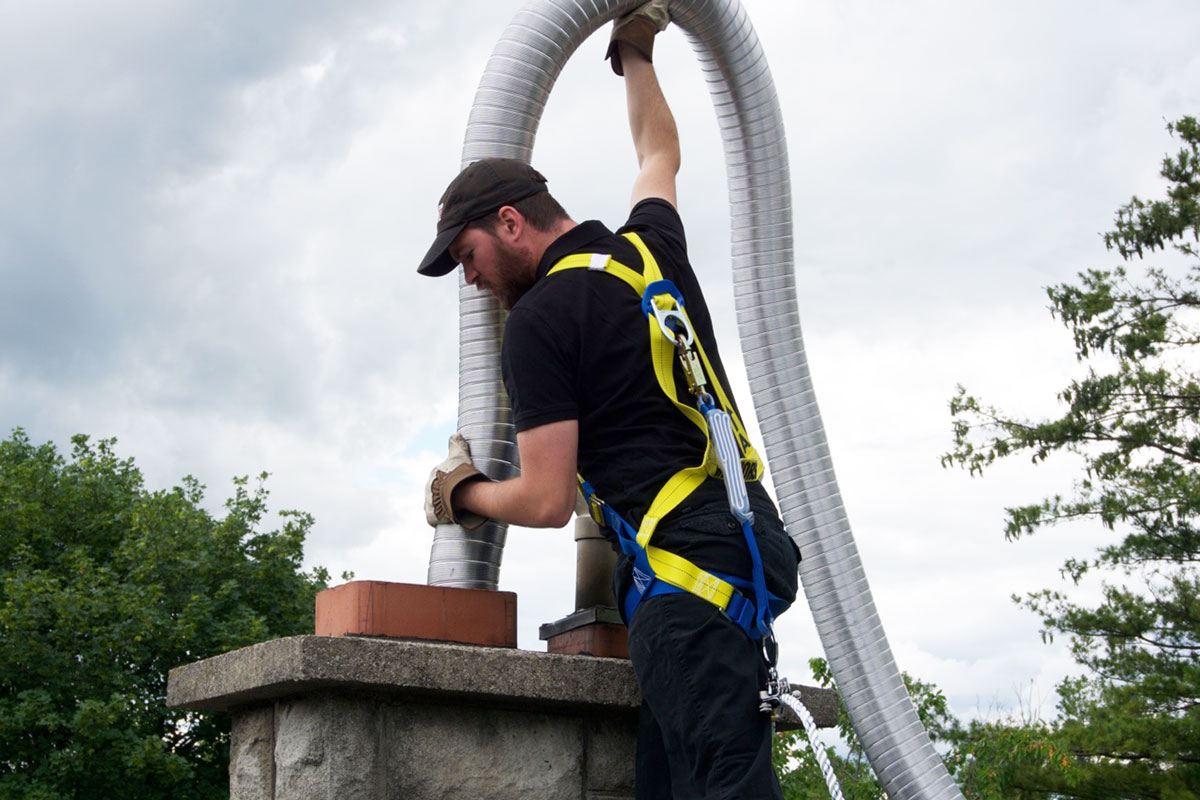
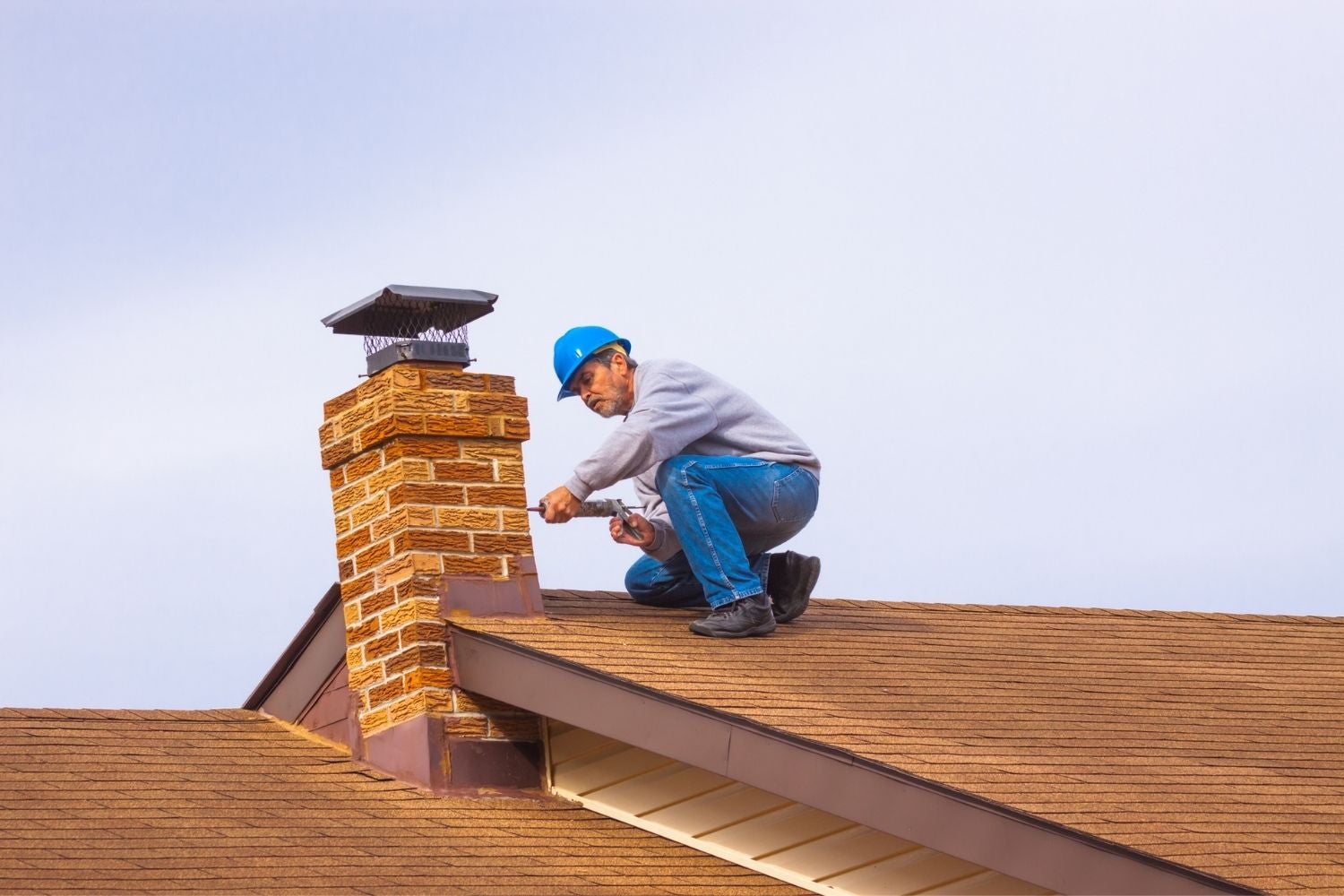
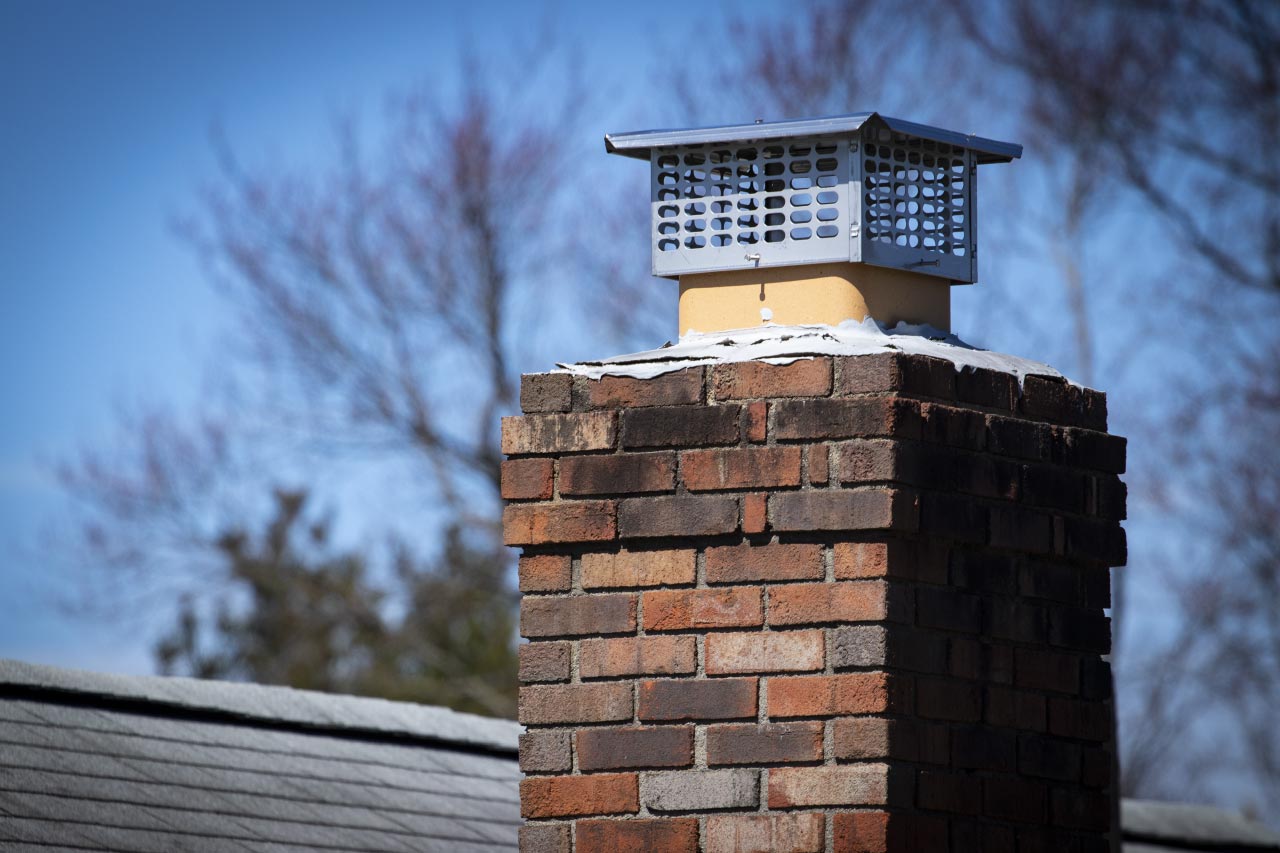
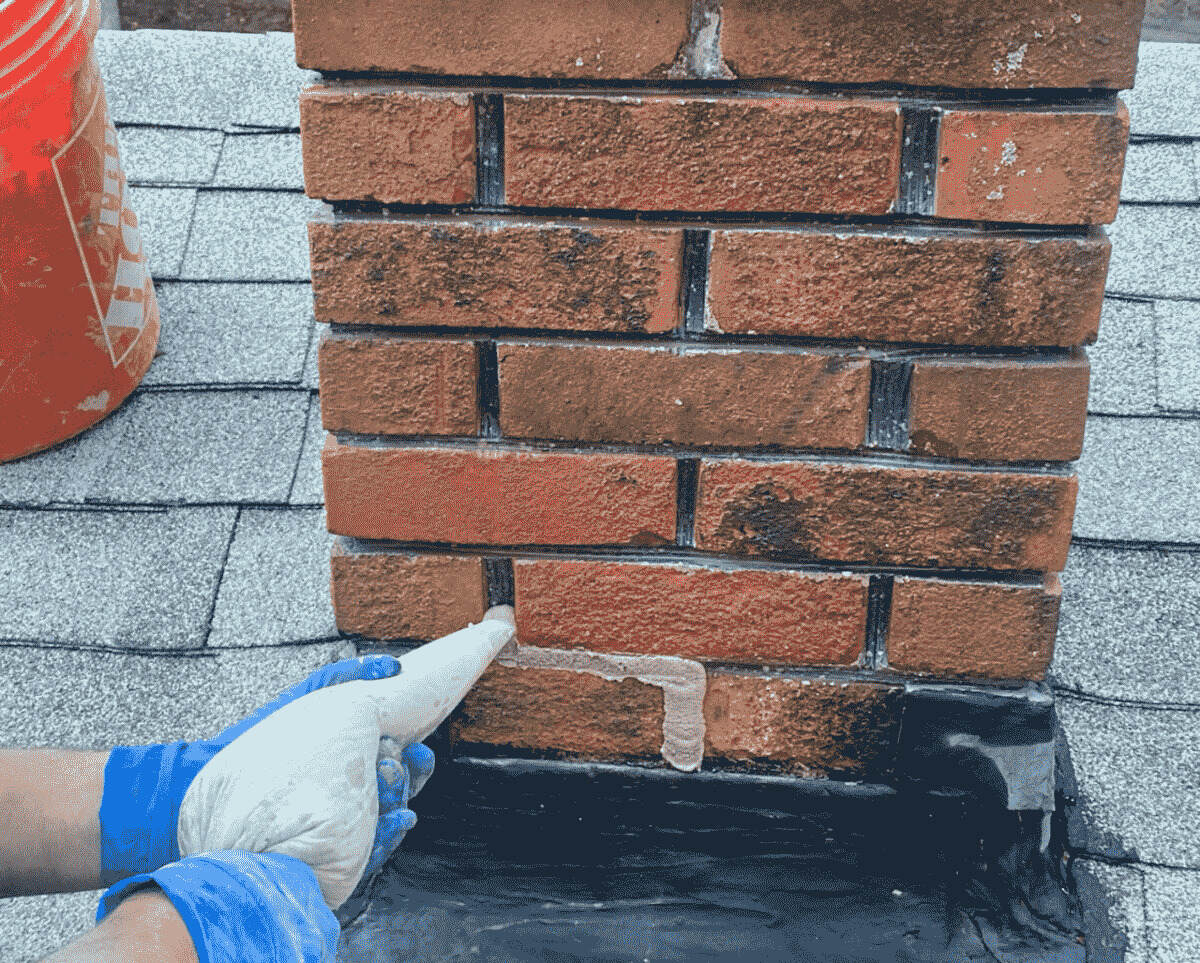

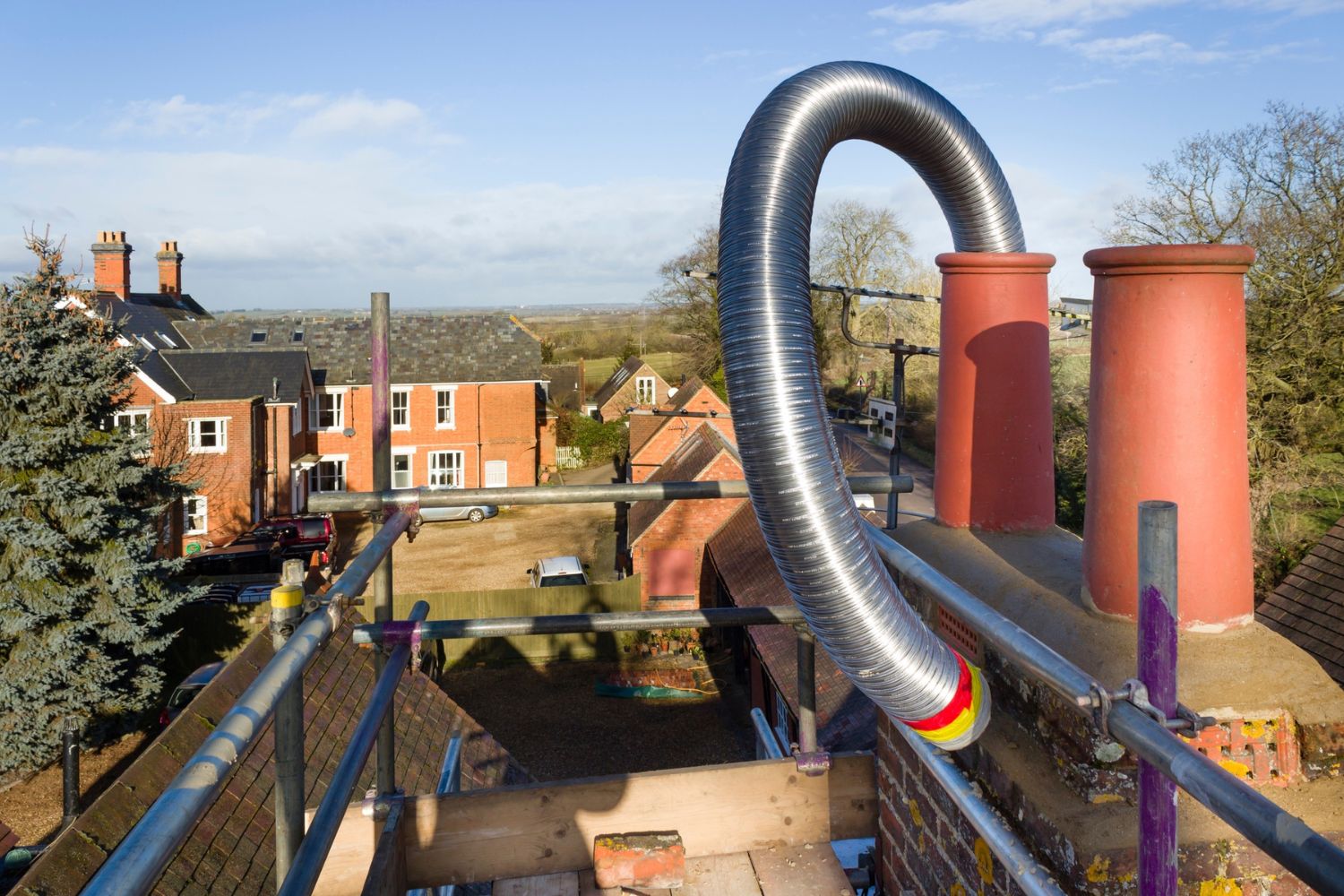
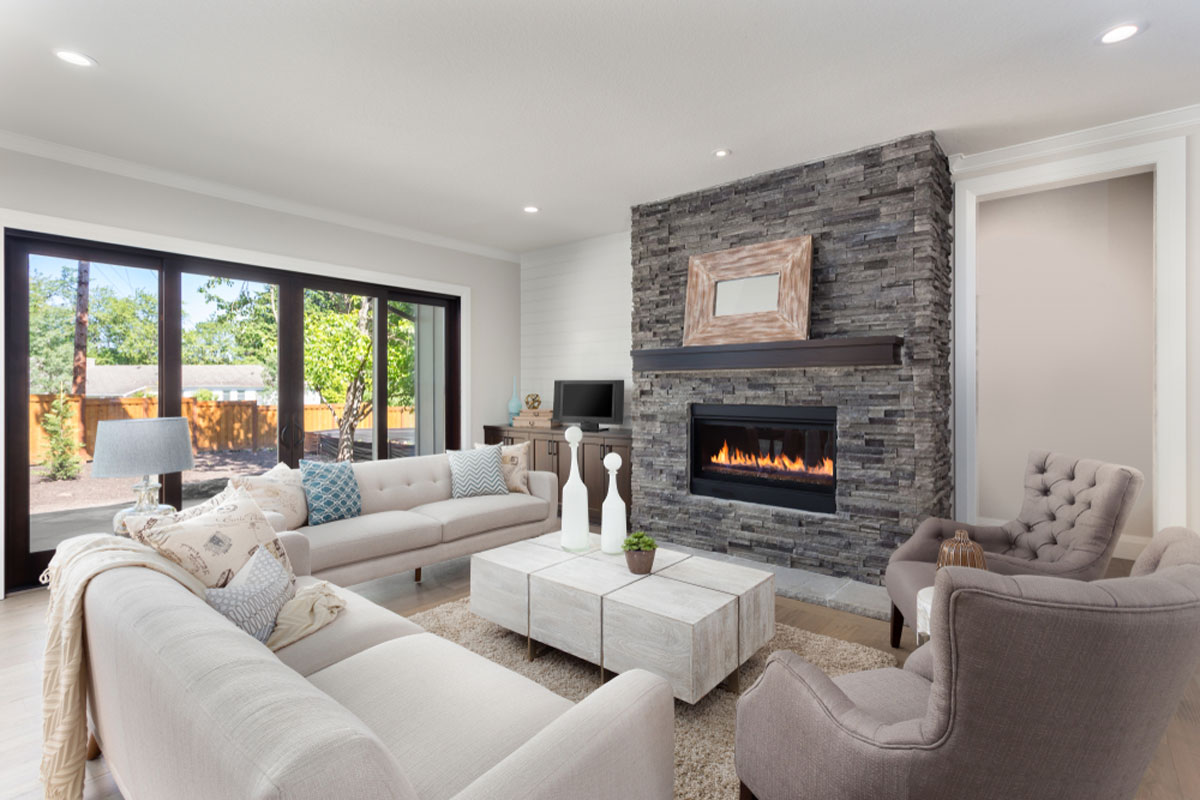
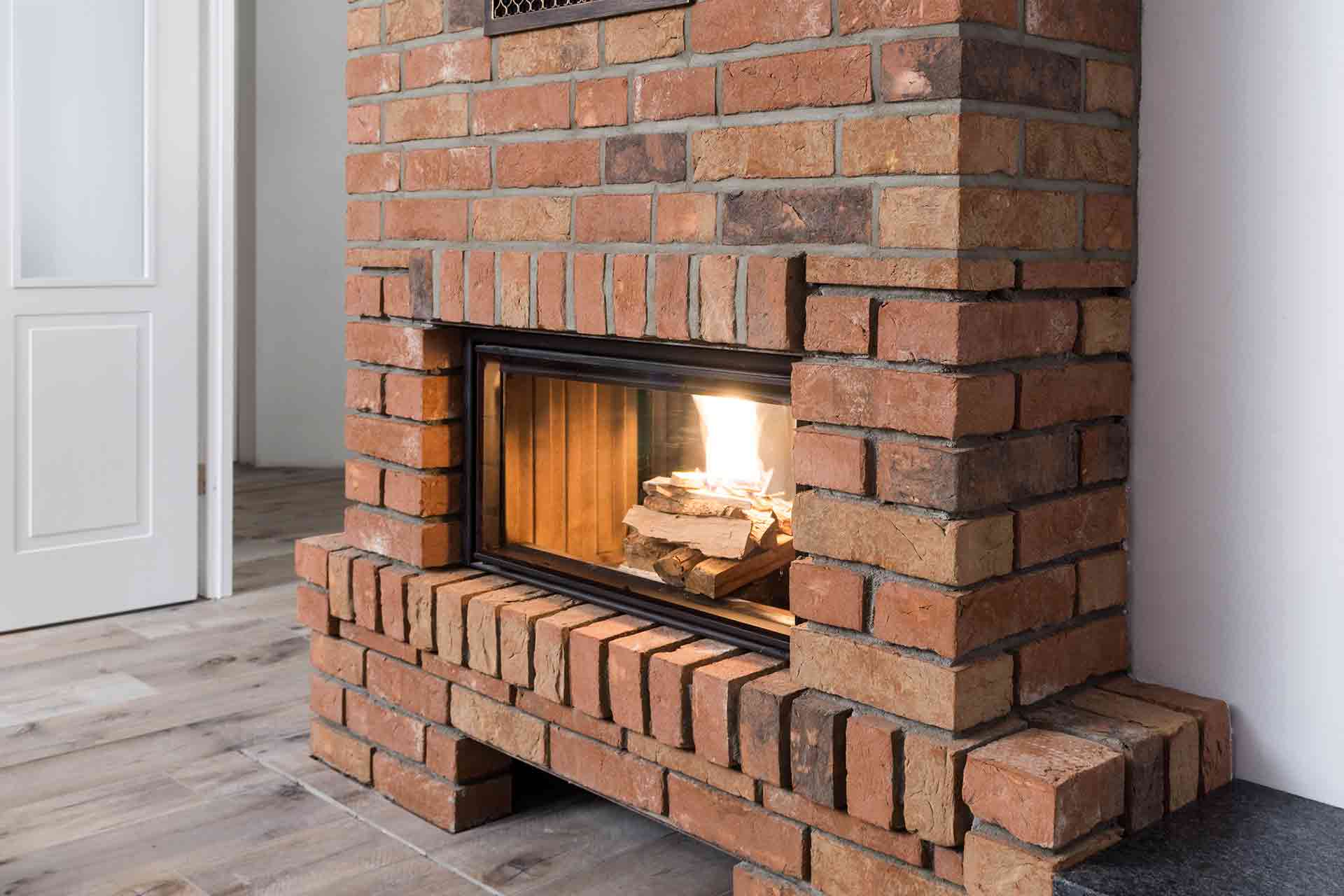
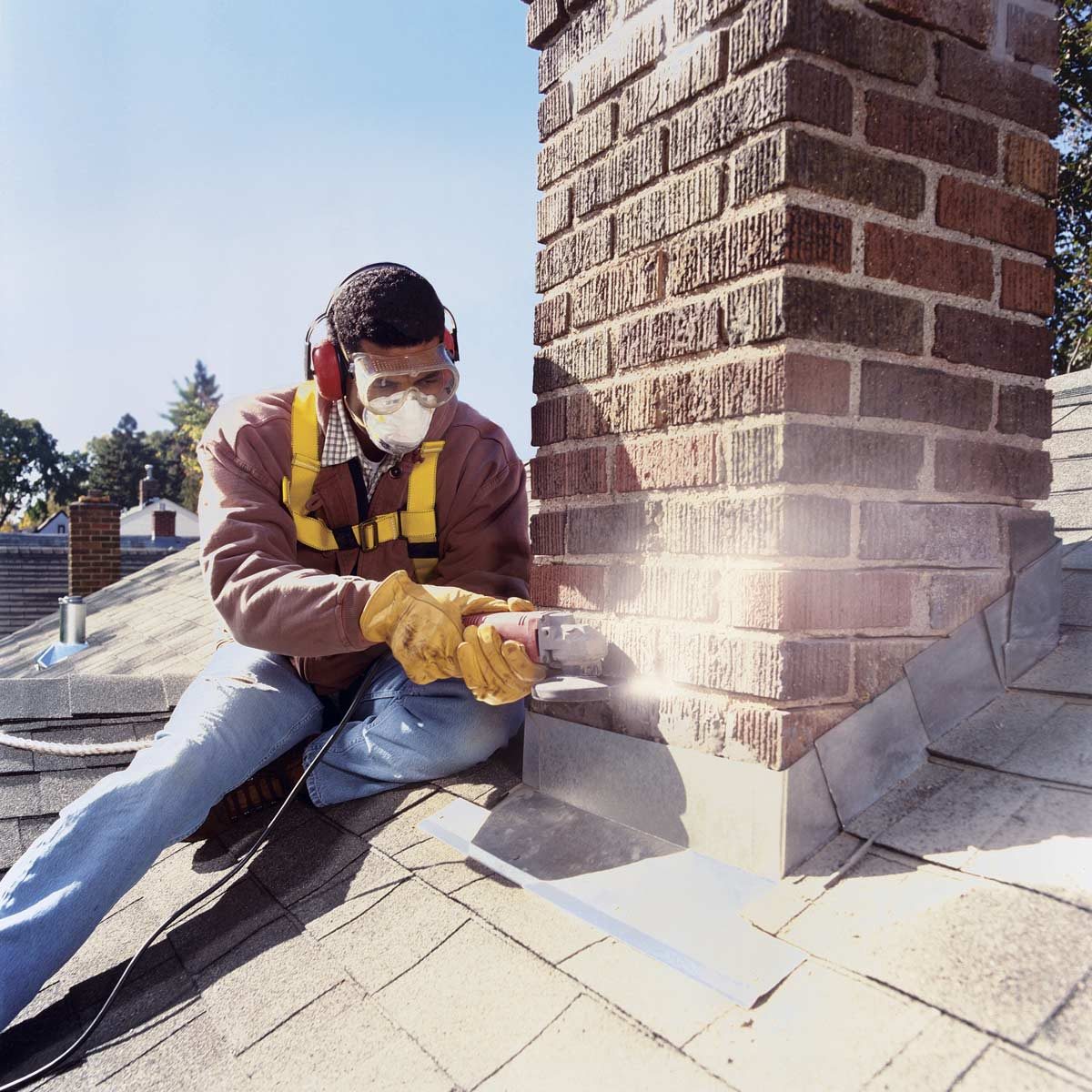
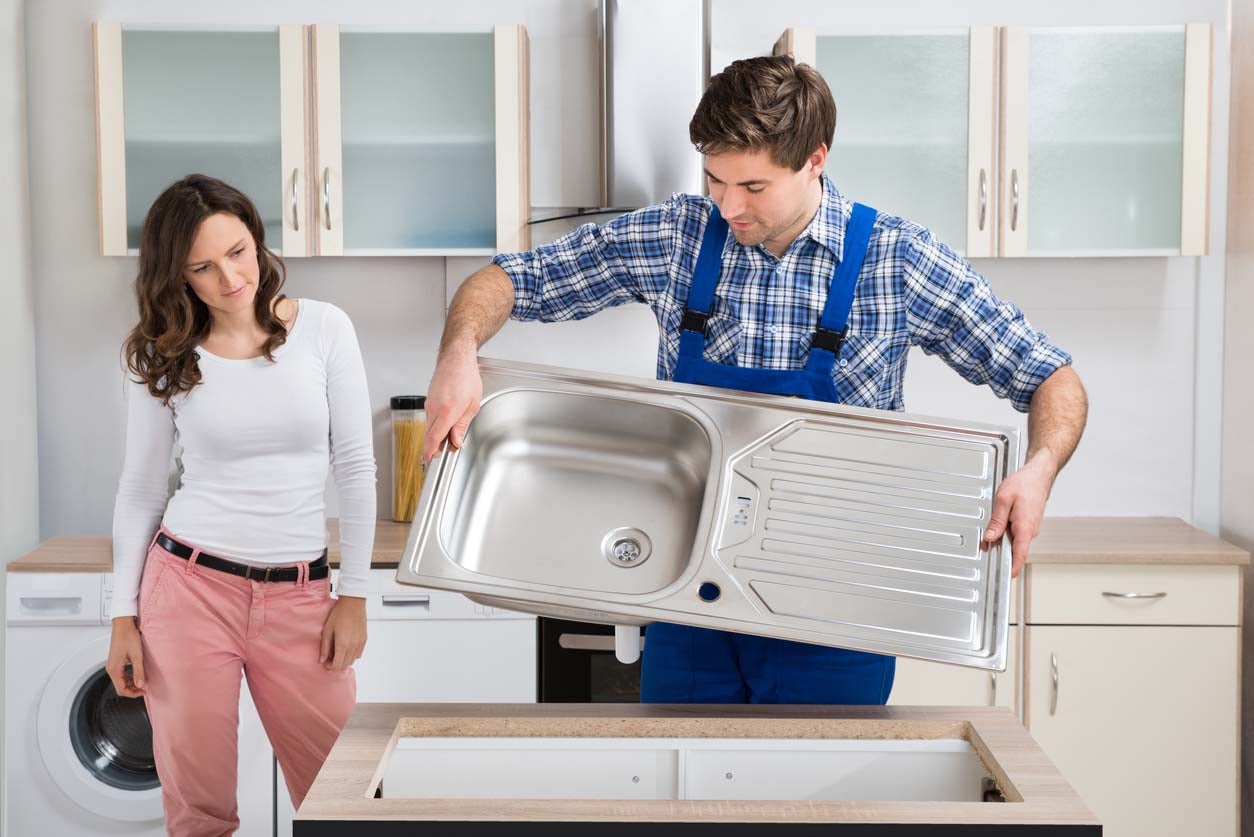
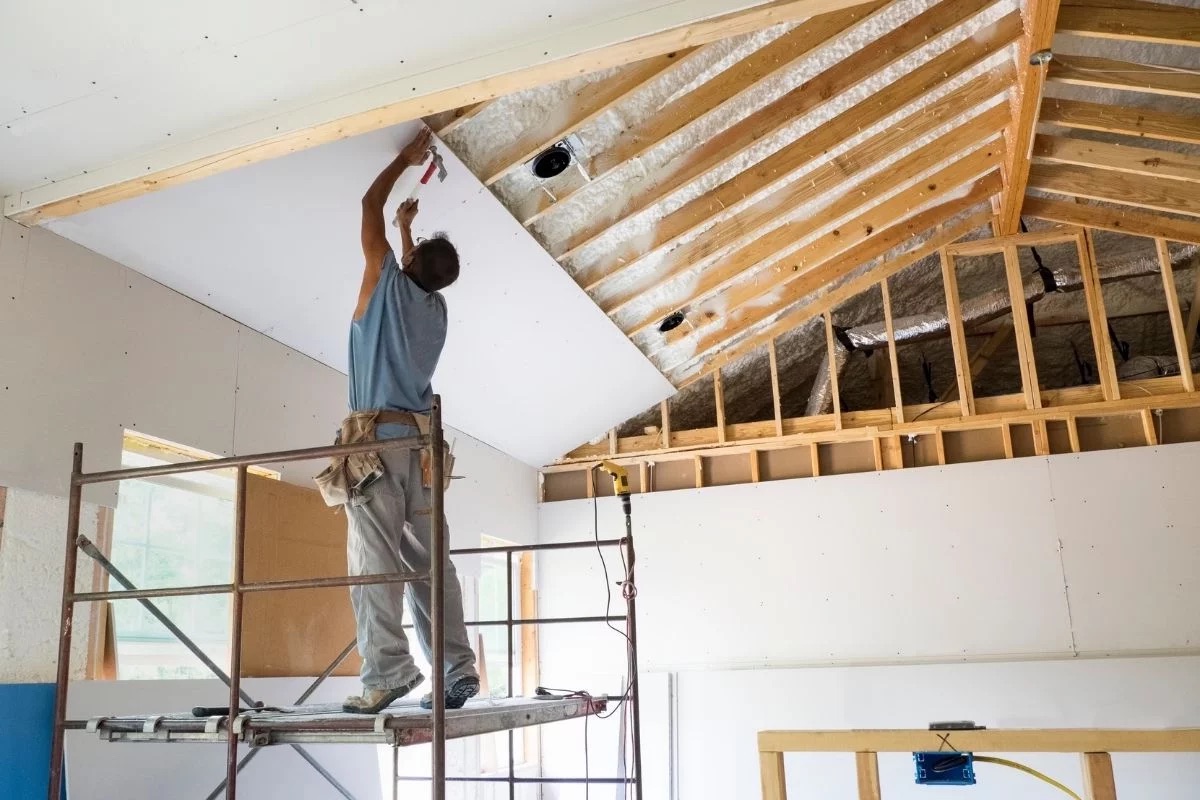
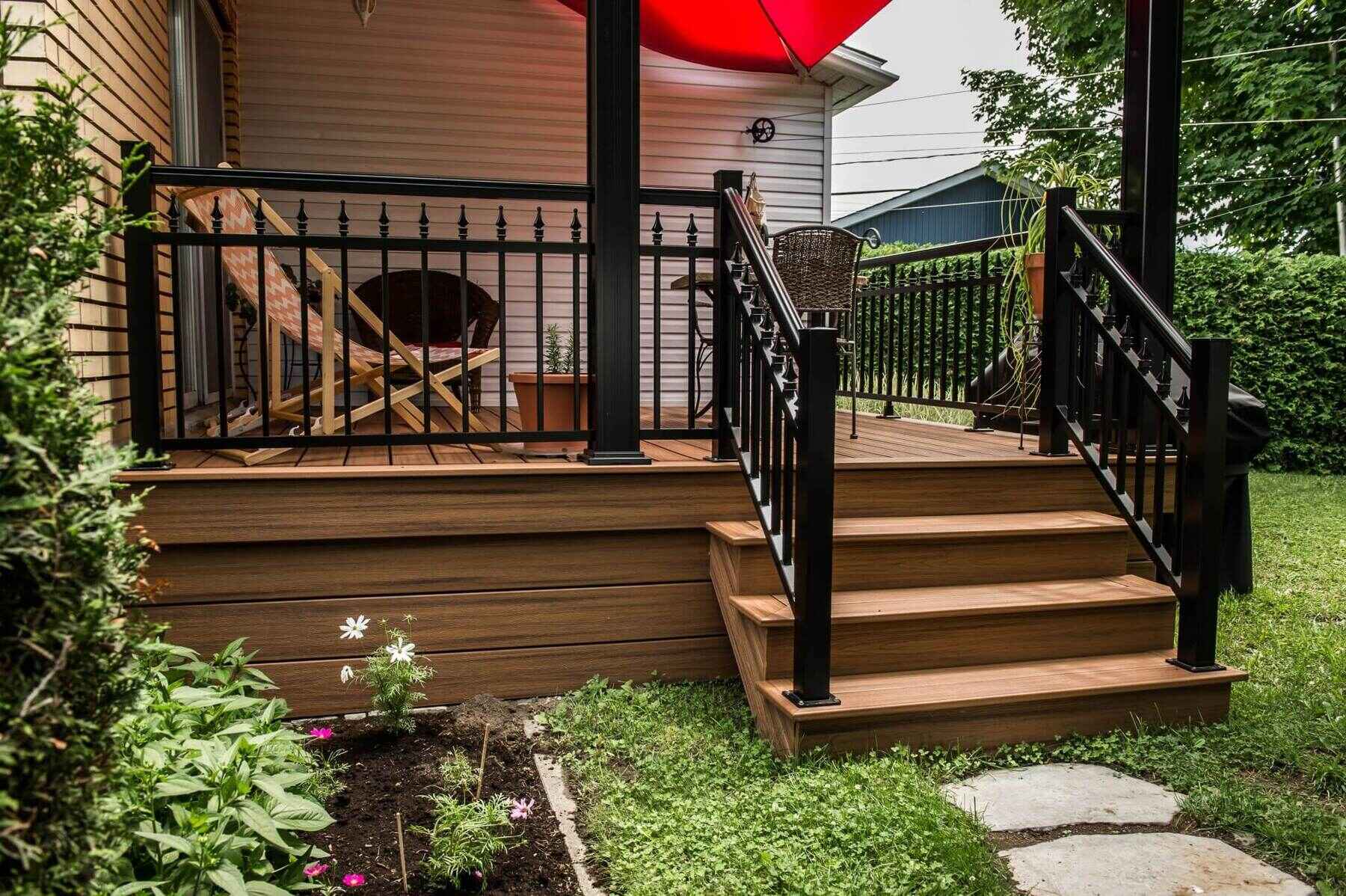
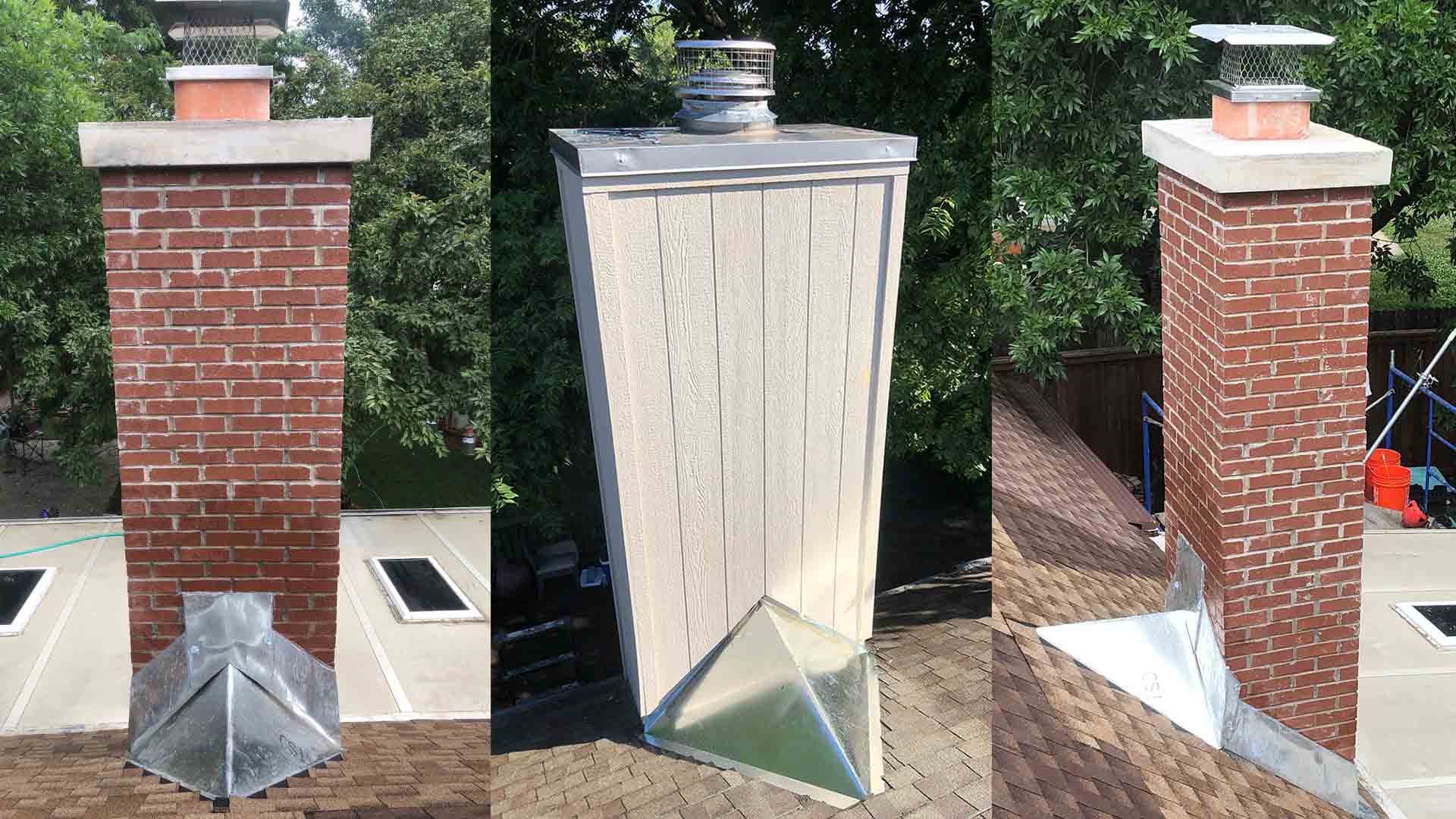

0 thoughts on “How Much Does It Cost To Replace A Chimney”